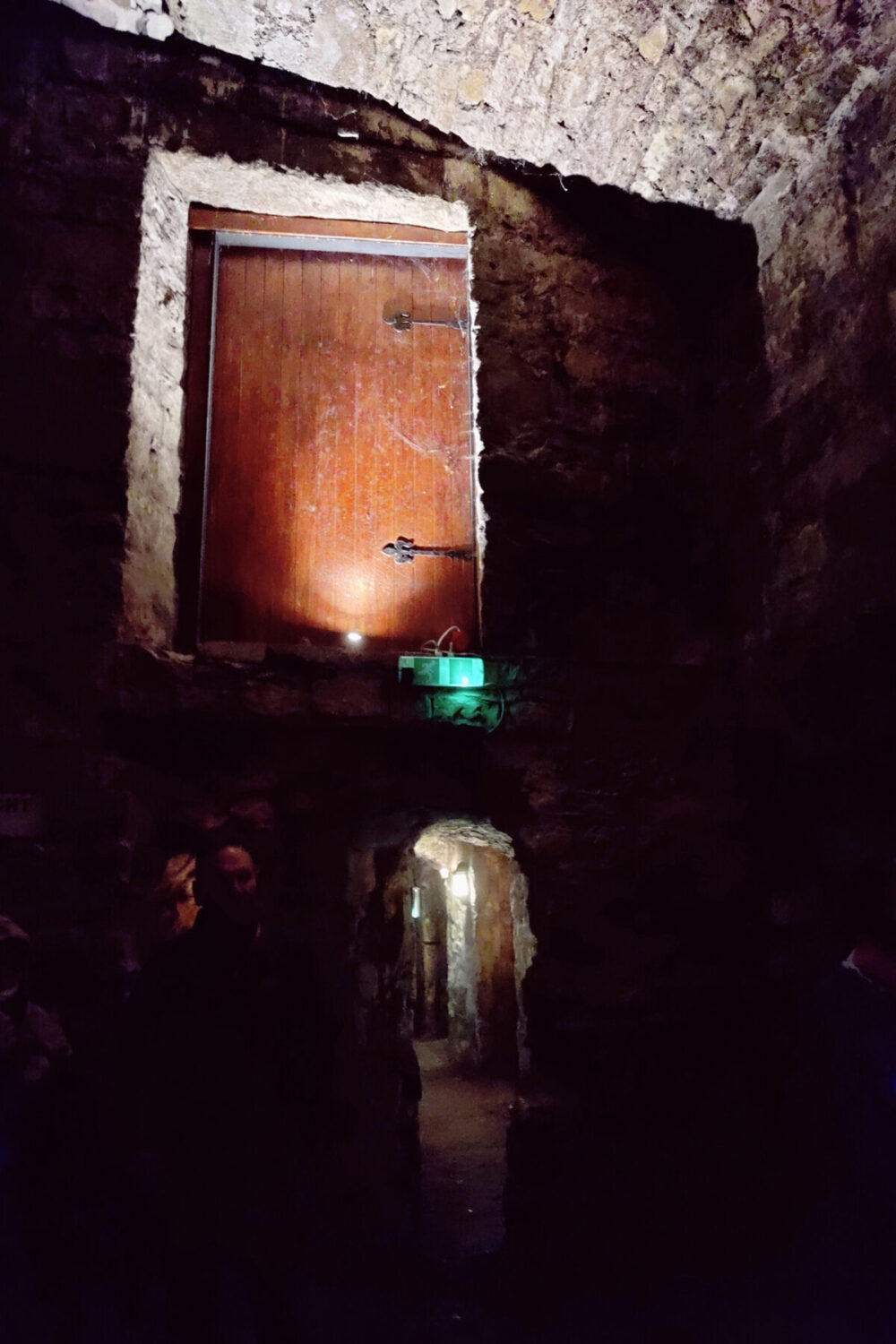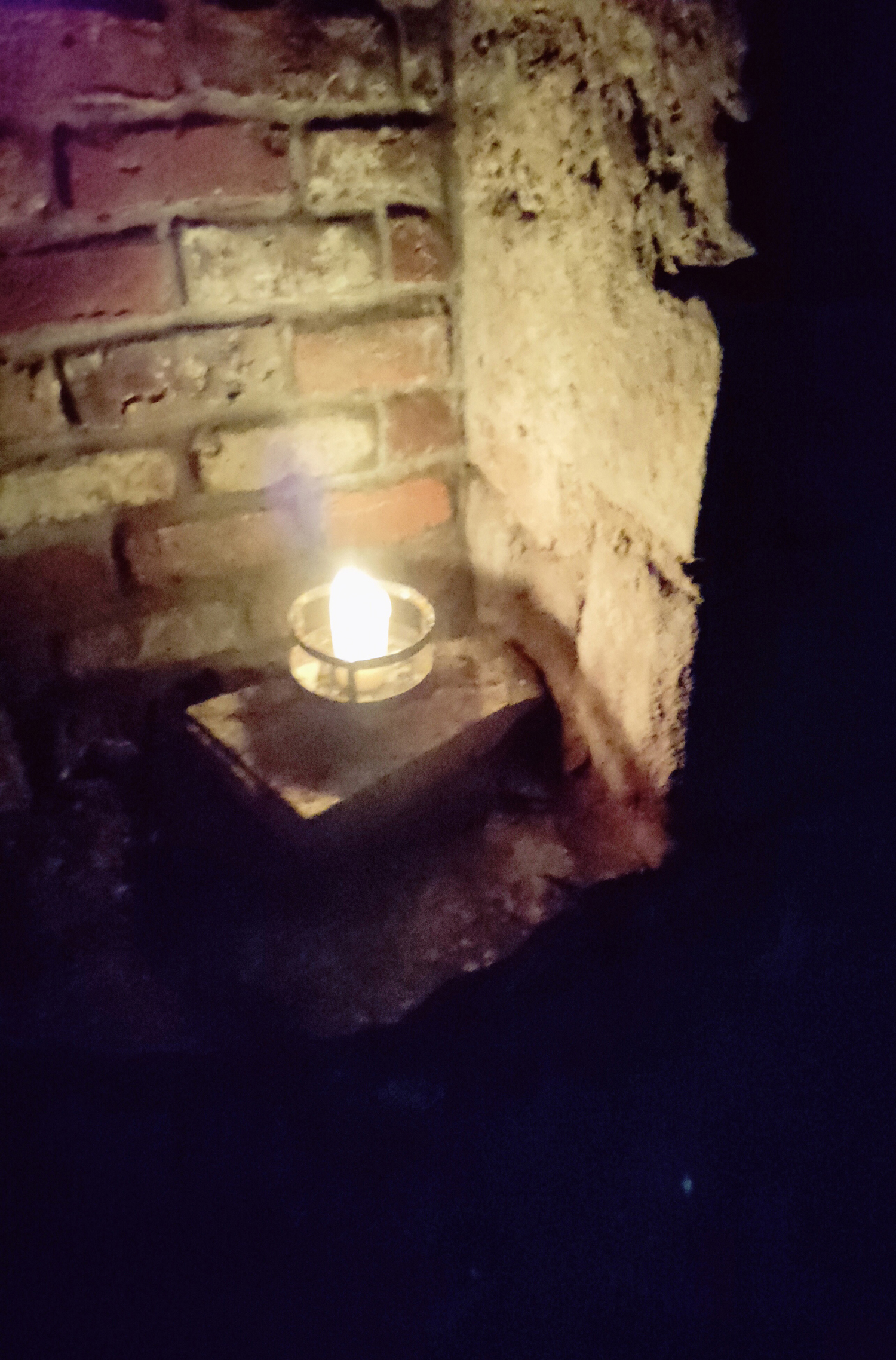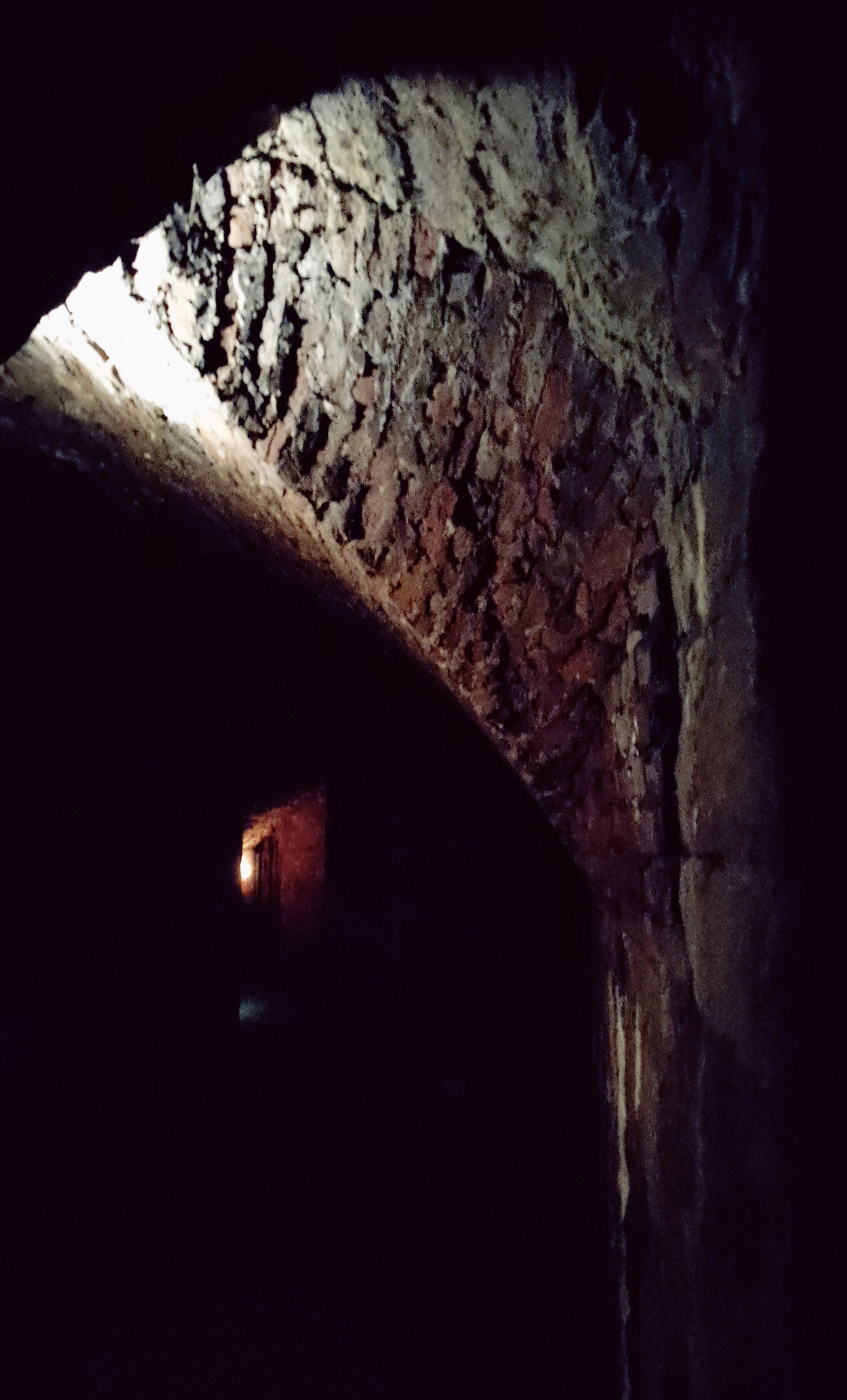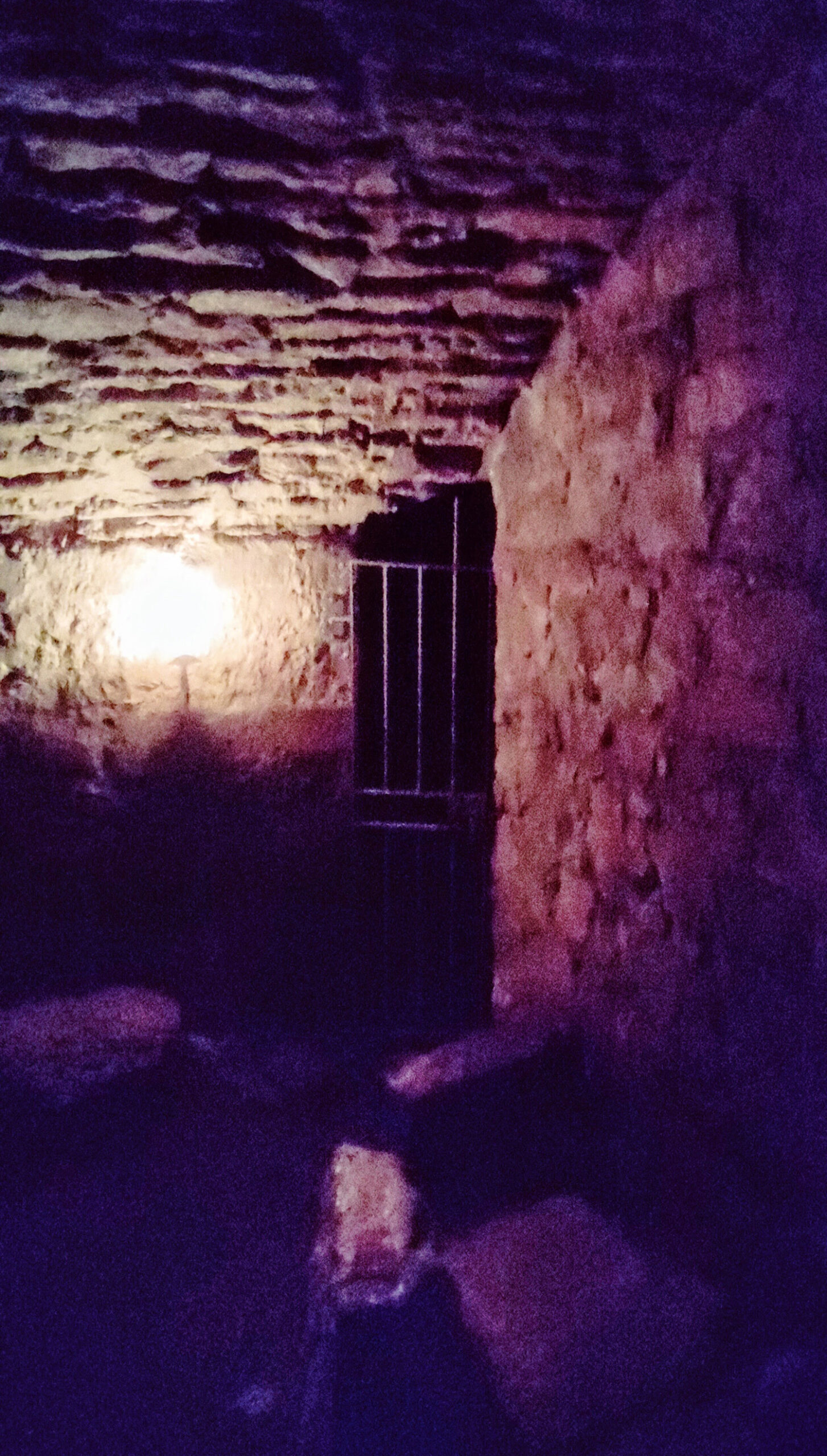Text and photos by Mary L. Peachin
February/March, 2022 Vol.25, No.6,7
Historical underground worlds in major cities provide interesting tours with some amazing tales.
Edinburgh’s South Bridge Vaults hosts a series of chambers beneath nineteen arches. Built between 1785-88, it was part of Scotland’s South Bridge Act. During its first 30 years, the vaults housed taverns, cobblers and other tradesmen workshops including storage space
Dramatically, the vaults became habitat for homeless. whose criminal activities included operating illegal gambling taverns, whisky distilleries and, according to rumor, body snatchers who stole corpses to sell as cadavers, stored them overnight.
Poor air circulation and dampness deteriorated living conditions. By the 1820s, businesses abandoned the vaults. The poorest of Edinburgh’s citizens moved in, though by around 1860, they are believed to have also left.
During a 1985 excavation, middens were discovered holding remains of toys, medicine bottles, plates, and other signs of human habitation. It brought to light for the first time that people had actually inhabited the vaults.
Rooms, used for storage space and workshops for South Bridge businesses, operated as intended for a relatively short space of time. Hurried construction of the South Bridge left its bottom surface unsealed against water. The vaults began to flood. Abandonment of the vaults began as early as 1795.
Gradually abandoned by bridge businesses, empty rooms were adopted and adapted by new users. As the industrial revolution evolved in Britain, the area developed into Edinburgh’s slum. Dwellers took over the vaults making it a renowned red-light district with countless brothels and pubs.
The vaults again began serving as slum housing for the city’s poor. Living conditions were appalling: cramped, dark and damp rooms. There was no sunlight, poorly circulated air, no running water, and no sanitation. Many rooms housed families of more than ten people. Crimes, including robbery and murder, soon plagued the vaults. Burke and Hare, Scotland’s infamous serial killers who sold corpses to medical schools, are said to have hunted for victims in the Edinburgh Vaults.
On Saturday 1 July 1815, the Edinburgh Evening Courant reported that officials discovered a sizable hidden distillery under South Bridge arch. In operation for 18 months, no tax revenue had been forthcoming. The original door to operations had been plastered over to prevent any appearance of an entrance. Behind the grate of a bedroom fireplace, an opening had been fitted with an iron door and lock. Observed only after the grate was removed, there was a passageway with a trap-door and ladder. At the top was the location of the still.
Located in one of the arches, adjoining the middle arch of the bridge, a person had discovered a method to use a town’s branch pipes to provide a plentiful supply of water. A soil pipe was also used, with a nearby vent used to release smoke. In addition to the still, a considerable quantity of washed clothes handing on low wines, were discovered as well as casks, mash, and large tubs. The spirits were transported in a two- or three-gallon tin case. Placed in a green bag, a woman carried them out of the underground by hiding them in her cloak.
The closing dates of the vaults complex it not known. It is suggested between 1835-1875. Written records about the vaults during their slum use are non-existent. All that is known is that at some point tons of rubble were dumped into the vaults making them inaccessible.
The vaults were rediscovered by former Scottish rugby internationalist, Norrie Rowan, after he found a tunnel leading to them in the 1980s. He and his son Norman Rowan excavated the vaults in the 1990s. Hundreds of tons of rubble were removed by hand and several interesting artifacts were discovered including thousands of oyster shells, which were part of the staple diet of the Edinburgh working class.





Very interesting. Wish we had known this when we visited in 2003. It would have definitely been on our “to do” list. We were fortunate to attend a Tatoo session.